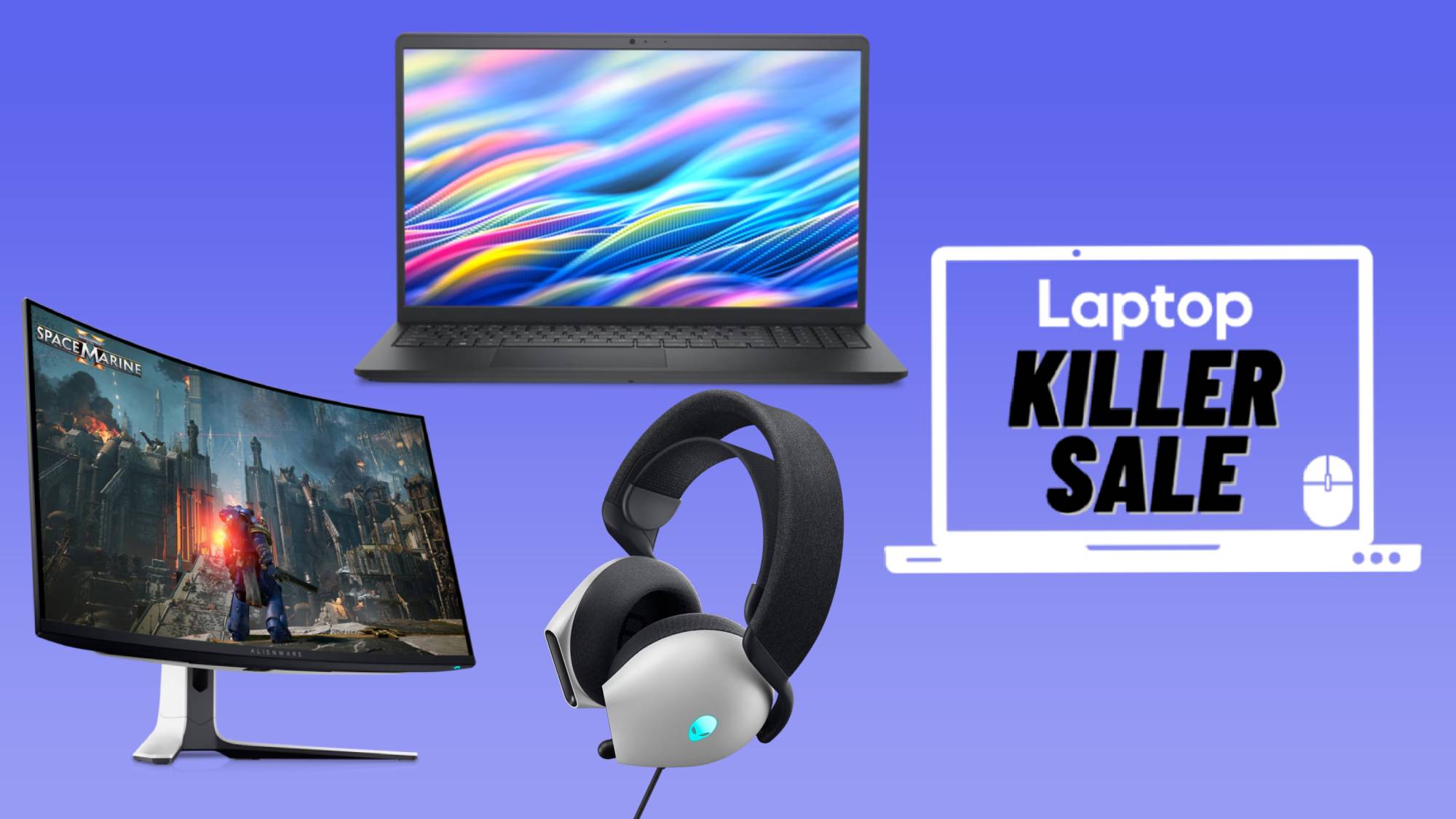Laptop Mag Verdict
The Last of Us on HBO is proof that great video game TV adaptations are possible. Pedro Pascal and Bella Ramsey become Joel and Ellie in a way that exceeded my expectations — sky high production values and some bold risk taking in remixing story beats helped to deliver a faithful adaptation that still offers something new.
Pros
- +
Incredible acting performances
- +
Phenomenal cinematography
- +
Terrifying practical effects and prosthetics
- +
Immersive sound design
- +
Bold risk taking in remixing story elements (mostly) pay off…
Cons
- -
…but some changes soften the impact
- -
Some awkward pacing
- -
Move away from spores will be divisive
Why you can trust Laptop Mag
As a huge fan of The Last of Us, I came into watching the HBO show as a bit of a skeptic. Sure, I felt the hype of the trailers, and every time I’ve played through The Last of Us Part I, the excitement of seeing this universe adapted to TV grew. But it was always accompanied by some nerves, based on past experience — your favorite games never quite hit the same level in different mediums.
However, it became abundantly clear that my nerves were misplaced. Any viewer is in for a fantastic season of huge gut punches, terrifying set pieces, tender moments that will make you cry, and some fascinating changes to the core story that will challenge you — all the fundamentals that made the game so great.
Not every part of it hits with the same emotional ferocity that the games do, but this is proof that video game adaptations work, provided you do them right and you’re willing to take some calculated risks with the source material.
Look for the light
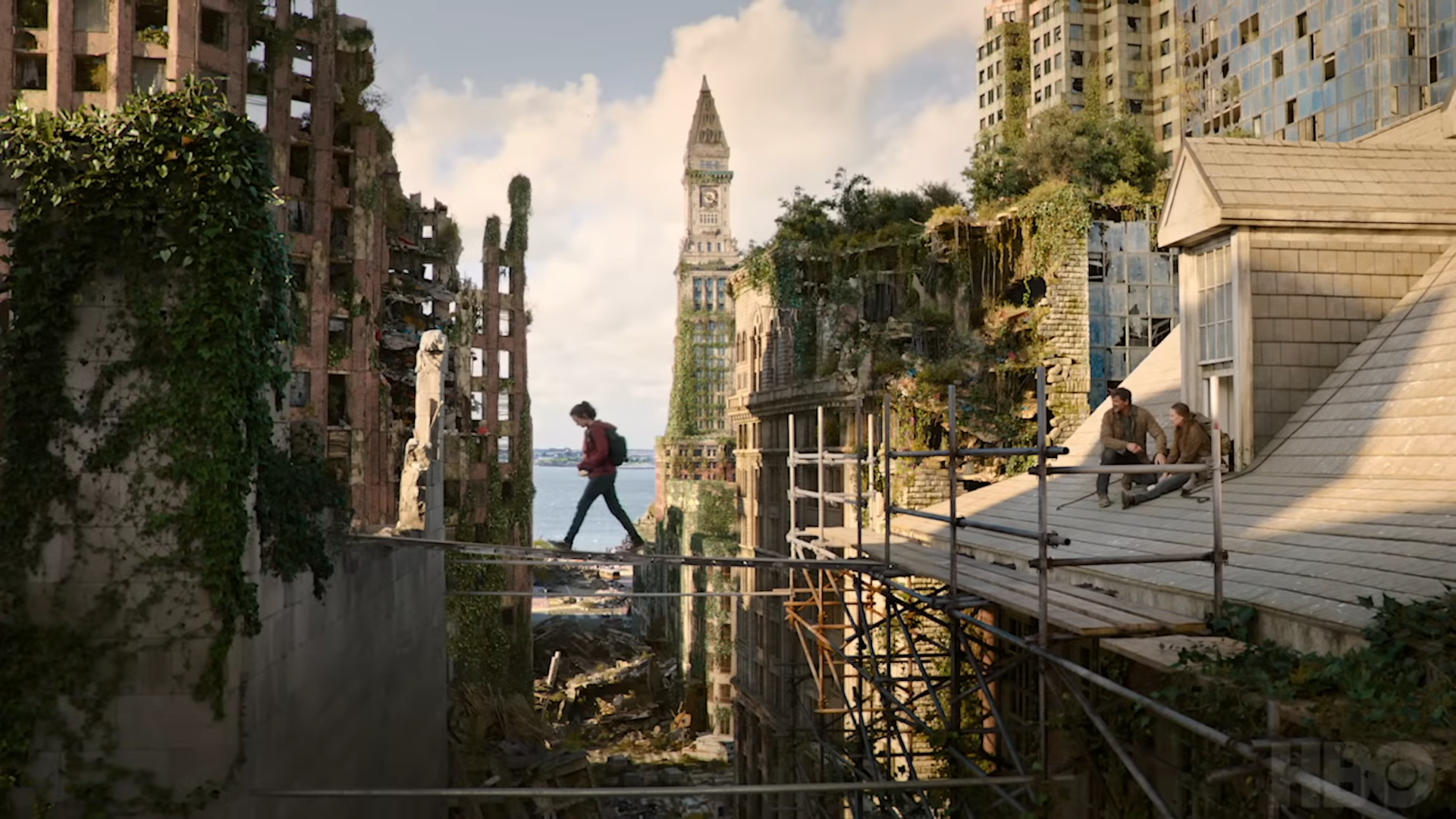
So before I break down my thoughts on the story (in a spoiler-free fashion, of course), I want to give my roses to the visual and sound design departments. There is an unprecedented level of artistic vision and polish that elevates this show beyond anything I’ve witnessed outside of blockbuster movies.
Whether it’s the gently building tension of Gustavo Santaolalla’s soundtrack, paired with phenomenal foley SFX, or the world building effects of CGI paired with meticulous set dressing, the team has done a mind-blowing job behind the scenes of recreating the vibe of The Last of Us. You immediately connect with this world that has been reclaimed by nature, and every delicately crafted element grabs you by the scruff of the neck and pulls you into this beautifully perilous timeline.

And the practical effects. Oh my word! You’re not ready for the incredible visuals and prosthetics on show here, making the Clickers easily some of the most terrifying on-screen monsters I’ve seen in a long time.
Combine it with acting performances that surprise and delight you, and this show has some truly magical moments. I remember all the backlash concerning Pedro Pascal and Bella Ramsey’s casting as Joel and Ellie, but my God they absolutely make them their own. The sense of a character exists beyond specific actors performing them, and much like when Heath Ledger played the part of The Joker, they breathe new life with a relatable, emotional, grounded performance that you can’t peel your eyes away from.
All of this attention to even the tiniest of details across moments big and small adds up to an immersive atmosphere that is gripping from the very first second.
We’re going through changes
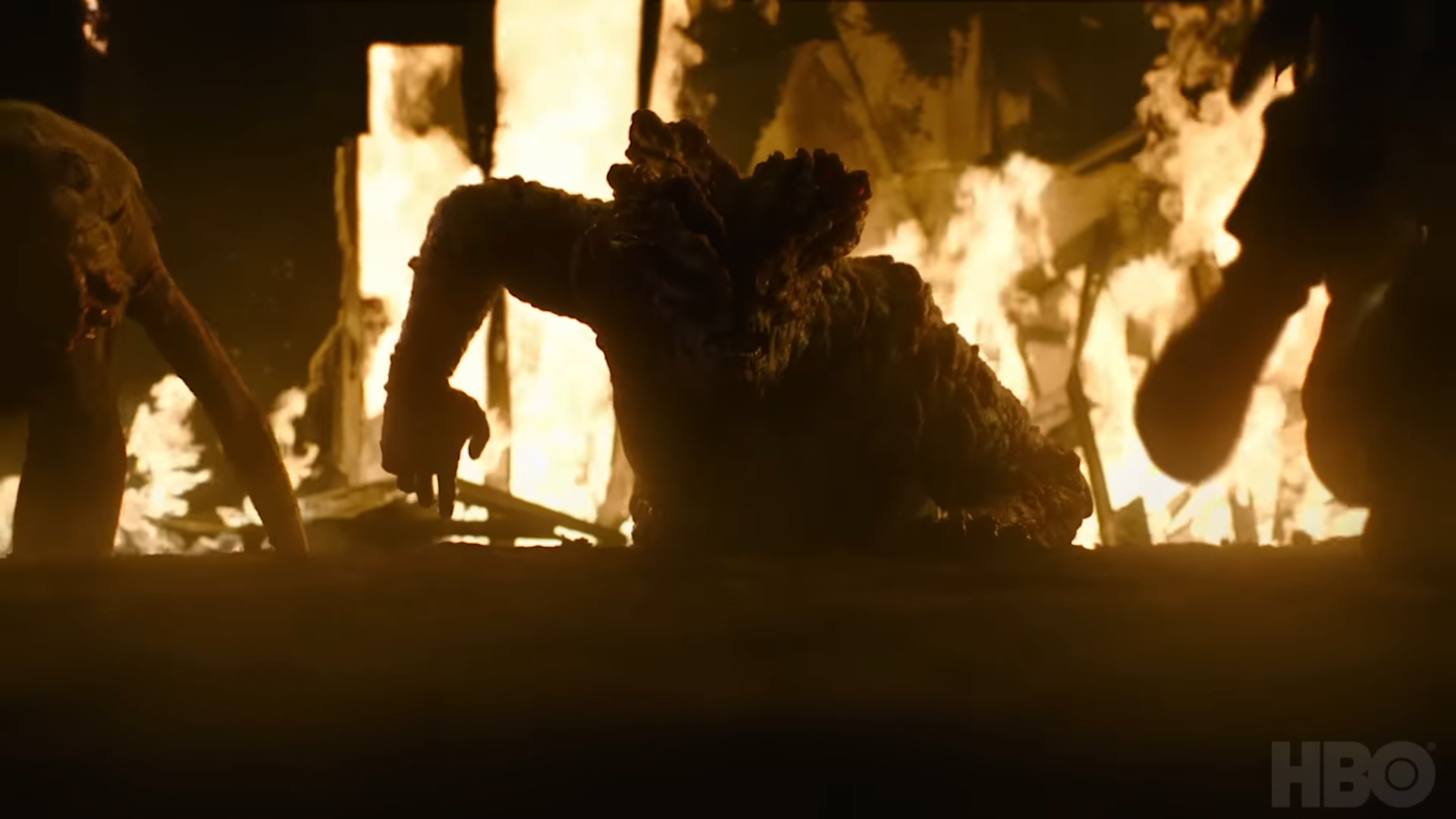
But of course, if you’ve been watching any of the interviews with Neil Druckmann and Craig Mazin, you’ll know that they haven’t shied away from making changes to the core story and lore of The Last of Us in the aim of being more TV-friendly. I was ready to say that the changes mess with the core story a little too much, making the show fall victim to the classic video game curse. But some of the alternative takes actually turn out to be so much better than when the show hews closely to the in-game story beats. I was absolutely floored at the end of one of the earlier episodes. Bring some tissues: the crying session will leave you swimming in your own tears.
In fact, sometimes these reinterpretations of The Last of Us’ story can work at odds with the pacing of the key plot points. The deviations are given time to breathe and ruminate in your mind and soul, whereas some of the core beats taken directly from game’s story can feel a little rushed because of it. Regardless of this, each moment hits with an emotional wallop that will stick with you for a while to come.
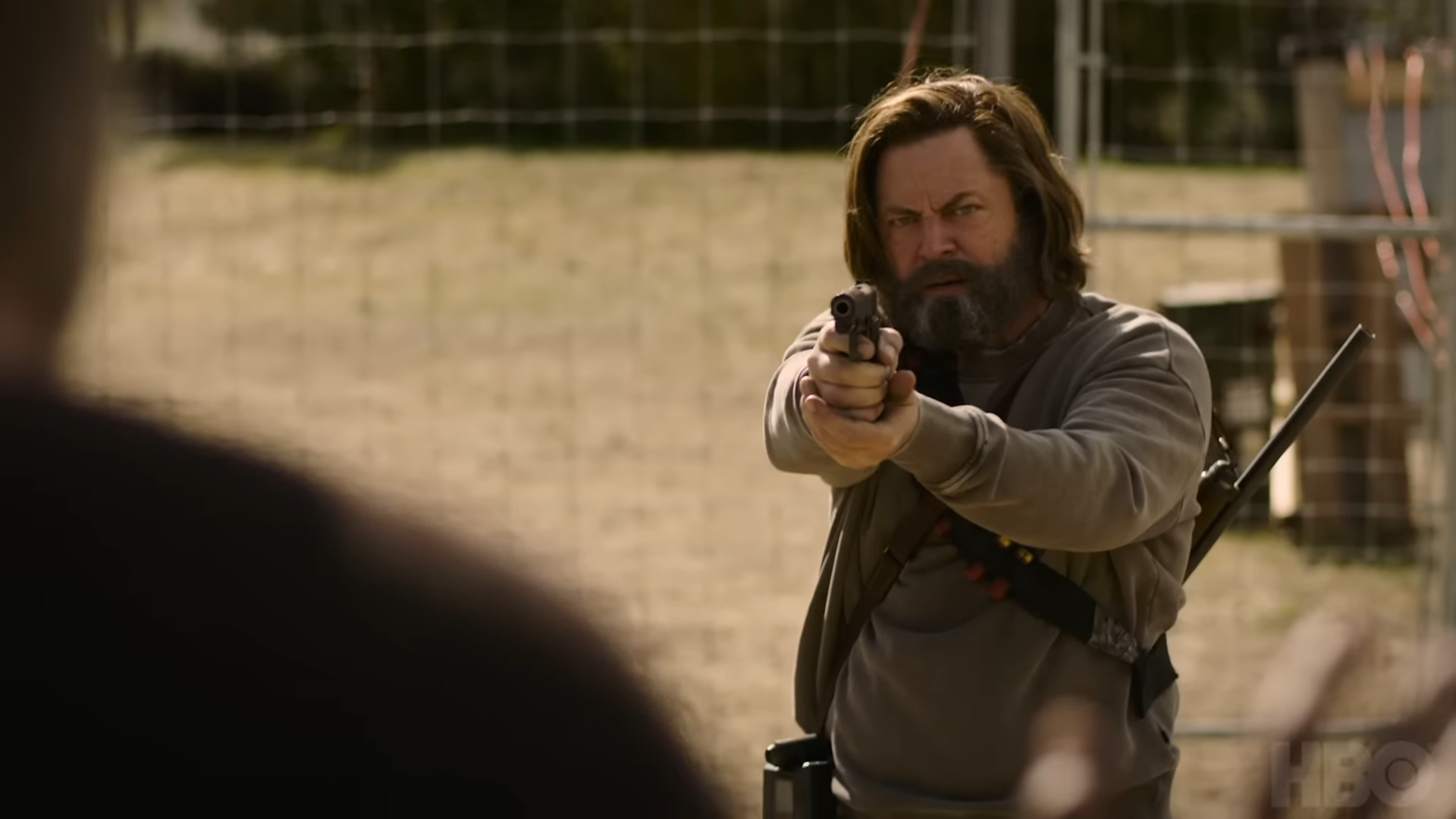
And then there is the change in the way the cordyceps virus fundamentally works from being transmitted through spores to transmitting via tendrils. Let’s discuss this one for a while by starting with one fact: it’s really not as controversial as many have been complaining. This is an extension of the idea of being bitten and tendrils were explored by Naughty Dog in earlier concepts of the game.
You can tell why they opted to do this: wearing a mask hides a lot of the facial expressions that drive a story forward through non-verbal communication. Plus, infection via breathing in spores doesn’t quite have the same body horror impact as an infected person slowly feeding tendrils into someone’s body up close. But I do think it removes some of the more subtle dramatic impact of TLOU.

Not to say it’s a dealbreaker! The show still works regardless of it, and they use this new method of transmission effectively as a long-term plot point. But the ever-present danger of potential spores around every corner, and the way it was explained away via the final stage of a Clicker’s evolution being that they rest, die, and spread spores made for some hauntingly beautiful imagery with a unique approach to horror.
Reverting to this method of transmission does have its benefits, but I feel it becomes more of a traditional survival horror show and loses that individualism that made the in-game world of TLOU so gorgeous-yet-perilous.
Bottom Line
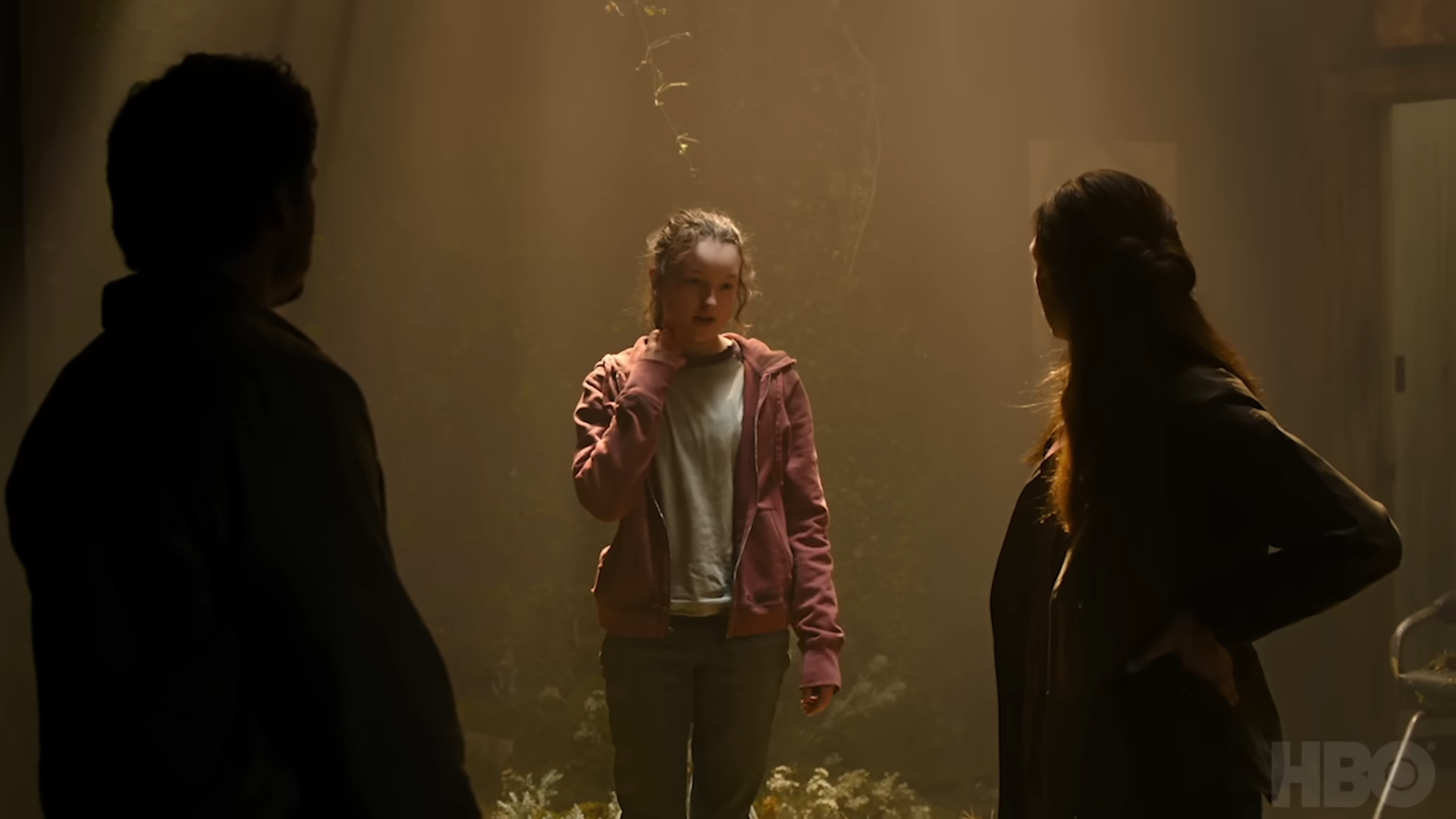
So there I was — credits rolling on the final episode, breathing a heartfelt sigh of relief in knowing that the writers, the production team, and the actors have created something special here.
From the set design to the practical visual effects, I wouldn’t be surprised if this won some awards for its attention to detail. Compounding its greatness, the additional depth brought to characters introduces an even more harrowing dimension to the show that you never quite appreciated in the game, producing some of the best moments of the whole series.
Of course, it’s not perfect. Some of the game’s biggest moments translated into awkward pacing at odds with the different directions the team patiently takes the story. Additionally, some creative decisions made in the TV adaptation process do suck some of the subtle beauty out of particular situations. However, these are easily forgiven in what is a fantastic watch with mind-blowing attention to detail.

Jason brought a decade of tech and gaming journalism experience to his role as a writer at Laptop Mag, and he is now the Managing Editor of Computing at Tom's Guide. He takes a particular interest in writing articles and creating videos about laptops, headphones and games. He has previously written for Kotaku, Stuff and BBC Science Focus. In his spare time, you'll find Jason looking for good dogs to pet or thinking about eating pizza if he isn't already.

